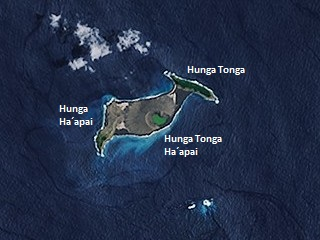- Dr. Orna

- Aug 30, 2022
- 2 min read
Fish are some of the most interesting animals in the world. These smooth, strange, and sometimes scary animals come in all shapes and sizes, ranging from the smallest dwarf minnow that is less than one third of an inch to the humongous whale shark that can reach the size of a school bus!
Because of the huge number of different kinds of fish (over 33,000 different ones!), there’s still a lot to learn about them. But one thing that scientists have learned recently is that fish can remember things for up to 5 months, and are even able to use tools!
However, one of the most interesting things scientists have found is that fish can do basic math! (https://www.nature.com/articles/s41598-022-07552-2)

A study at the University of Bonn in Germany used two types of fish - the colorful zebrafish and the freshwater stingray:


The researchers showed the fish two pictures, either with 4 squares, 4 circles, or 4 triangles. The fish had 5 seconds to memorize the number of shapes, and their color - either blue or yellow. Then they were shown new pictures - one with 5 shapes and one with 3 shapes.

If the images were blue, and the fish swam towards the image with 5 shapes, they got a treat. If the images were yellow, and the fish swam towards the image with 3 shapes, they got a treat.
The researchers found that much of the time, the fish chose the correct answer.
To make sure that the fish weren’t just associating blue with 5 and yellow with 3, the researchers designed a new test.
Instead of choosing which picture had more or less shapes, depending on the color, the scientists had the fish choose between adding one or two shapes for the blue images, and subtracting one or two shapes for the yellow images. Most of the time, the fish still chose to add or subtract one shape!
This should mean that fish are able to understand basic math- adding or subtracting!
However, some scientists disagree, like Rafael Núñez from UC San Diego. Prof. Núñez argues that the fish aren’t actually doing math, rather just choosing the image that looks most similar to the one that got them a treat. If the fish is just choosing what looks most similar, are they really doing math?
























